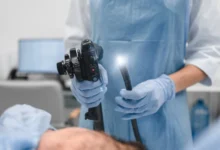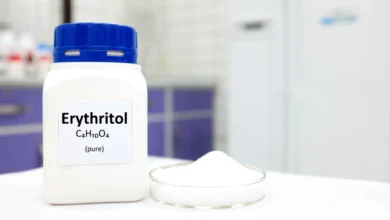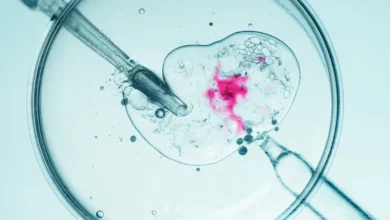Microplastics Found in Ovaries Signal New Fertility Risk
Researchers Detect Microplastics in Ovarian Fluid, Raising Alarms About Reproductive Health Risks
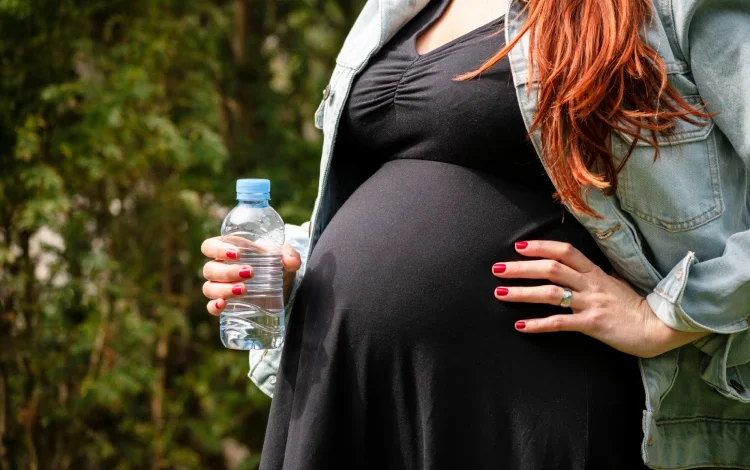
Few places in the human body are more sensitive and carefully regulated than the ovarian follicle—the tiny fluid-filled sac nurturing an egg before ovulation. Yet researchers in Italy have uncovered something completely out of place in this crucial microenvironment: microplastics in ovaries.
These minuscule fragments, once part of packaging, containers, or synthetic textiles, have now been found nestled around human eggs in follicular fluid. Their presence is not just surprising—it may be deeply consequential for female fertility.
Fertility Clinics Sound the Alarm: What the Salerno Study Found
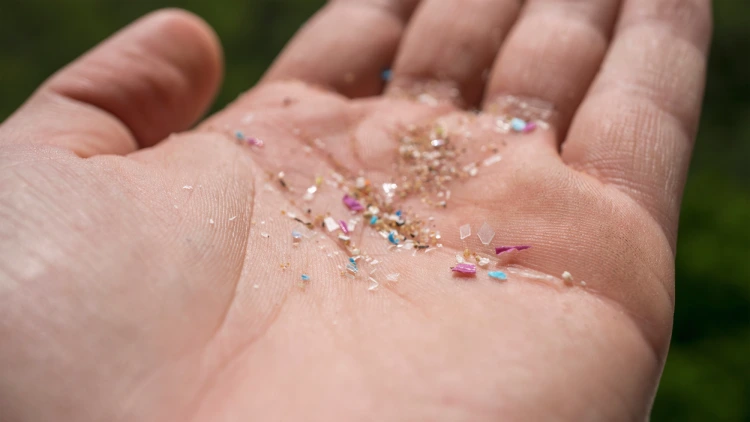
A fertility clinic in Salerno, Southern Italy, collected samples of follicular fluid from 18 women. Fourteen of those samples contained microplastics, averaging over 2,000 particles per milliliter. The particles were tiny—most under 5 micrometers—but chemically diverse, with potential for unknown toxic effects.
Interestingly, the study didn’t find a direct link between plastic concentration and outcomes like miscarriage or live birth. But the presence of plastics correlated moderately with hormone levels, hinting at a subtler, systemic impact. The results, while preliminary, suggest the follicle’s environment is far more vulnerable than previously thought.
In one unusual but illustrative case, a chef in Mumbai discovered that his sous-chef’s favorite silicone spatula was shedding fibers into sauces during high-heat cooking. When the team switched to wooden tools and ditched plastic food wrap for beeswax covers, a small follow-up study with a local university found significantly fewer plastic traces in urine samples after three months.
While individual actions won’t solve global plastic pollution, they can minimize exposure. Opting for stainless steel containers, avoiding microwaveable plastic, and prioritizing whole, unpackaged foods may reduce the chances of plastic reaching sensitive internal tissues.
From Kitchen Counter to Ovaries: The Pathway of Microplastics
Microplastics, typically under 5 millimeters in size and often invisible to the naked eye, enter our bodies more easily than we realize. Using disposable plastic containers or sipping hot tea from single-use cups can shed billions of plastic particles. Once ingested or inhaled, these particles navigate through the bloodstream, bypassing protective barriers to settle in tissues—including the ovaries.
Recent studies confirm their presence in blood, lungs, placenta, and now, in the ovarian follicular fluid. In simple terms, the very plastics we use to store or prepare food are ending up in the environment that matures our eggs—a vital process in reproduction.
Beyond the physical presence of microplastics, the chemical passengers they carry pose an even graver threat. Compounds like bisphenols, phthalates, and PFAS—often embedded in plastics—are known endocrine disruptors. They can mimic, block, or destabilize hormone.
In the Italian study, researchers observed a statistically significant link between microplastic concentration in follicular fluid and levels of follicle-stimulating hormone (FSH), a key player in egg maturation. Even minor disruptions to FSH could spell trouble for ovulation, fertilization, and hormonal balance.
Why This Discovery Demands Urgent Action
If the environments surrounding our reproductive cells are no longer free of synthetic contaminants, then the very foundation of fertility is at risk. While more data is needed to understand long-term consequences, waiting for definitive proof may be a luxury we can’t afford.
Policy shifts toward safer packaging, rigorous labeling, and stricter limits on endocrine-disrupting chemicals are urgently needed. At the same time, public awareness and proactive lifestyle changes can help reclaim some control over a problem that has crept, unnoticed, into the most intimate parts of our biology.




